December 20, 2022
Across the Plains to Fort Kearney.
We’ve left St. Joseph and are following the Pony Express – and the Oregon Trail – west across the Missouri River into Kansas.
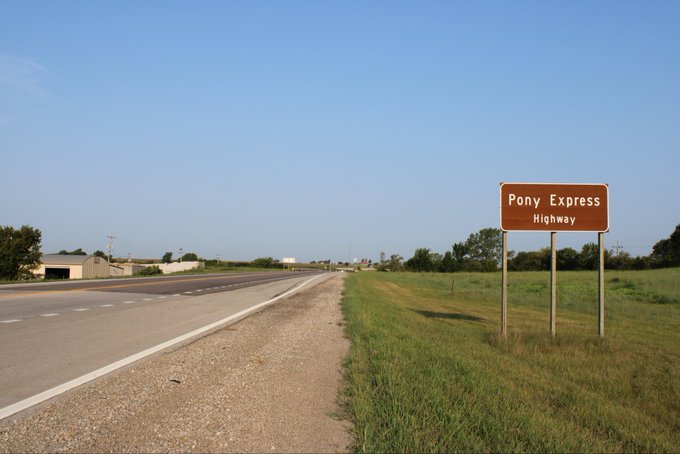
The corn fields of northeast Kansas, along the Oregon Trail.
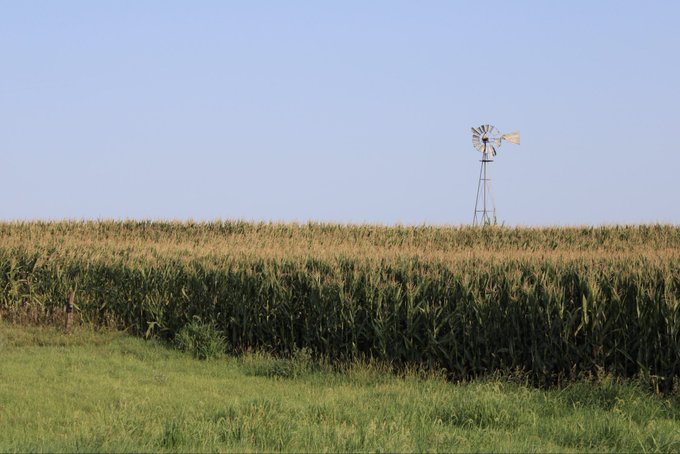
Following the Pony Express into Seneca, Kansas.
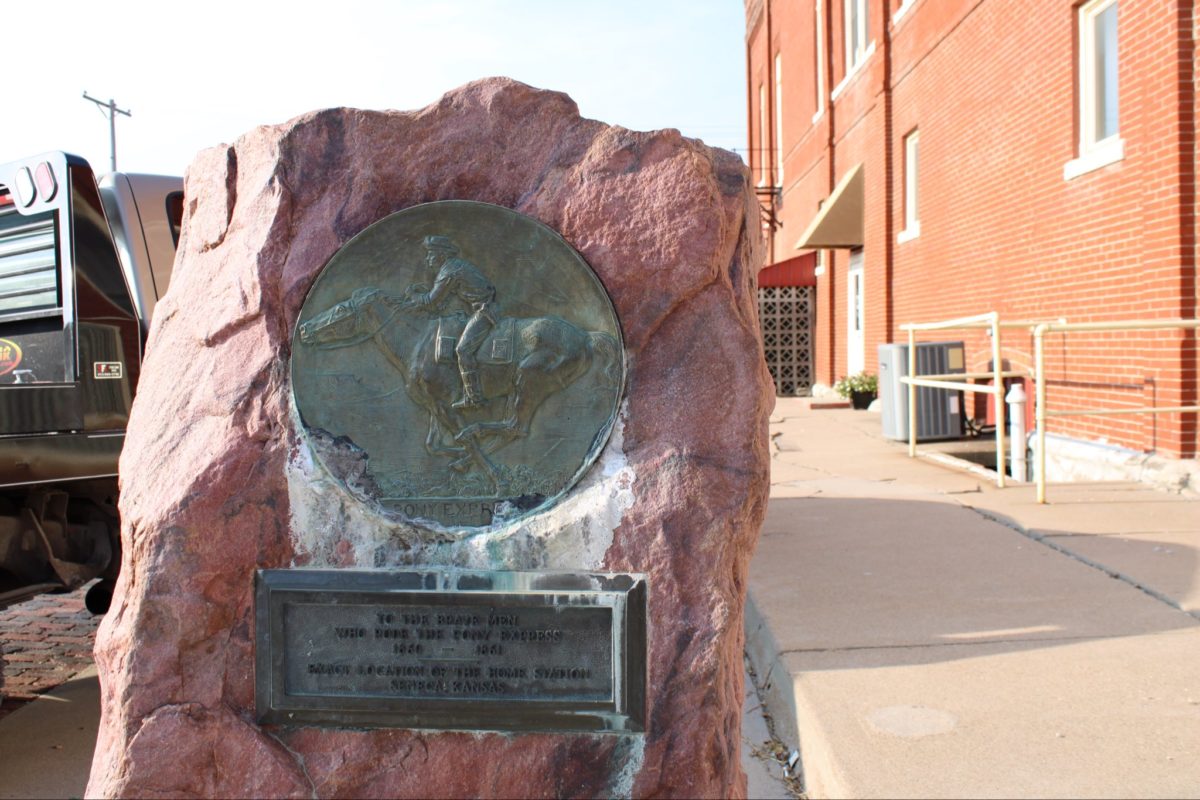
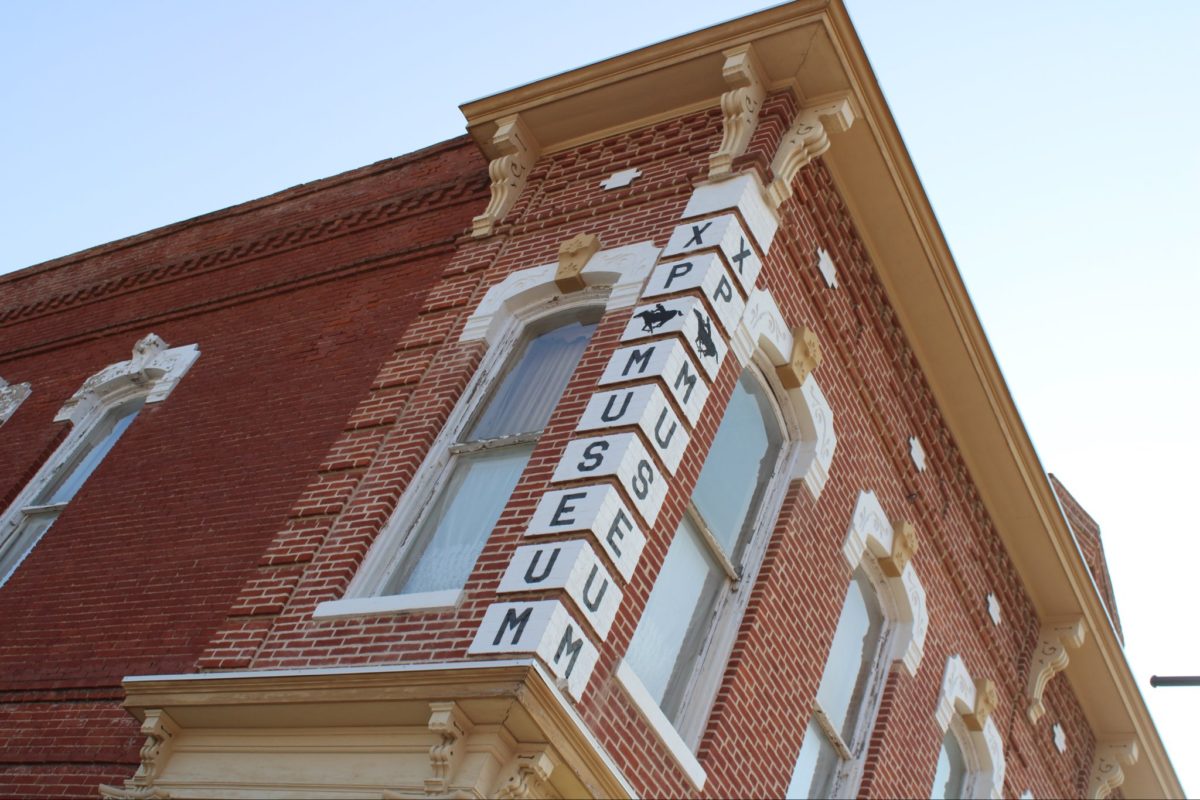
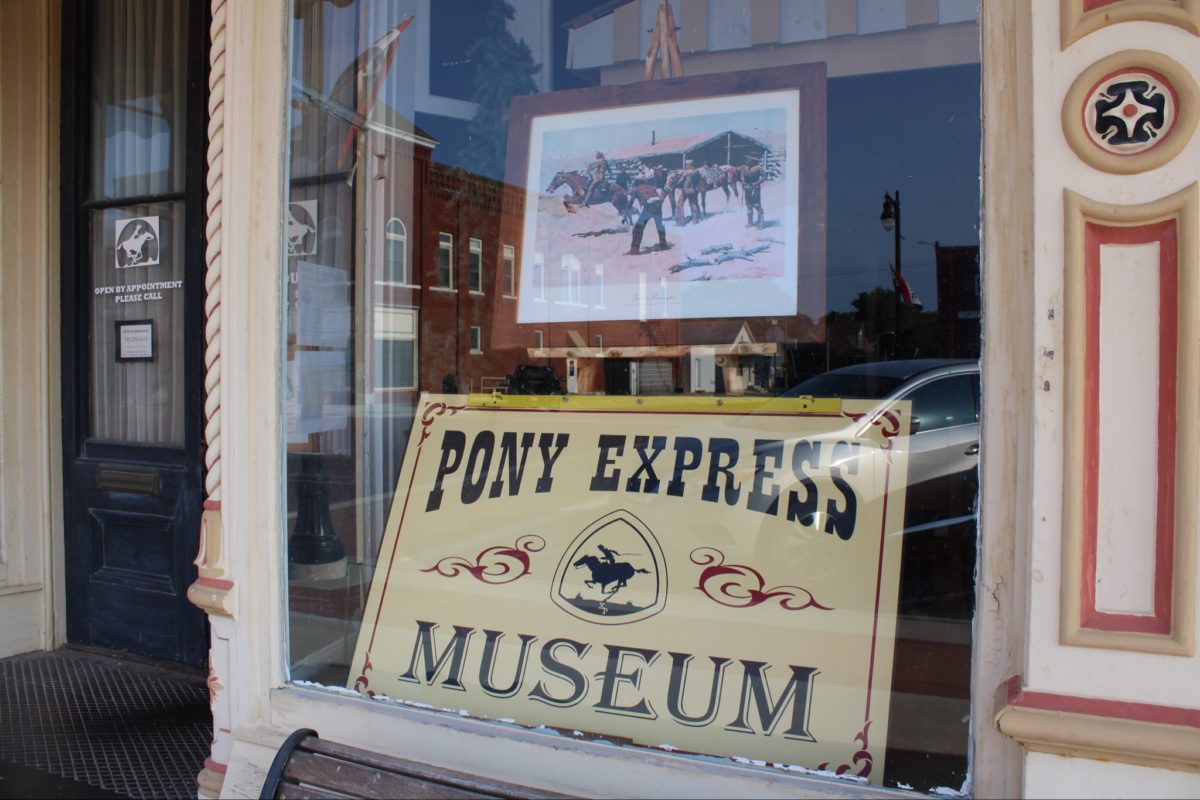
Asking myself if I need crop insurance. Seneca, Kansas.
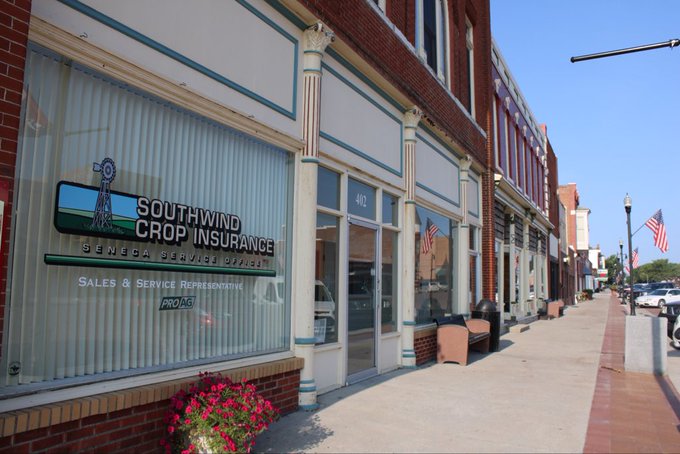
Cropland transitions to grazing land as we travel further west into northern Kansas.
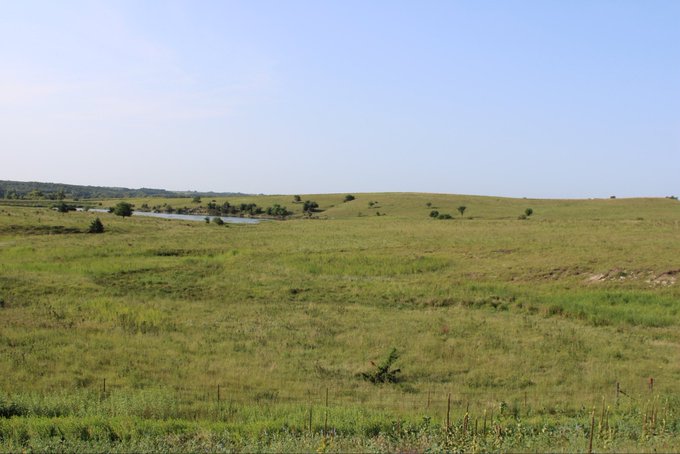
Following the Pony Express to Marysville, Kansas.
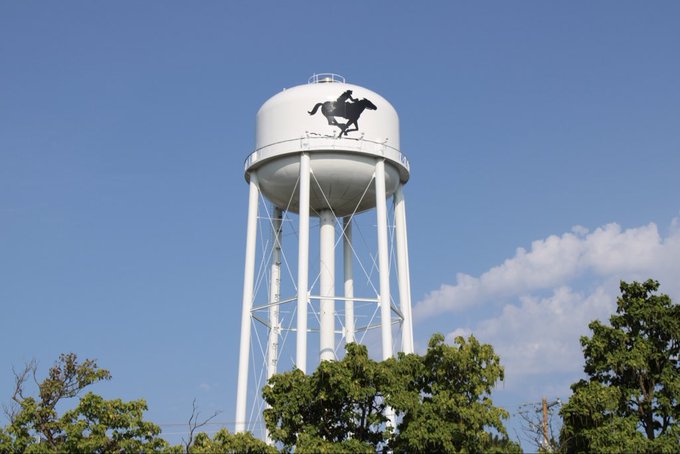
Pony Express stable in Marysville, Kansas.
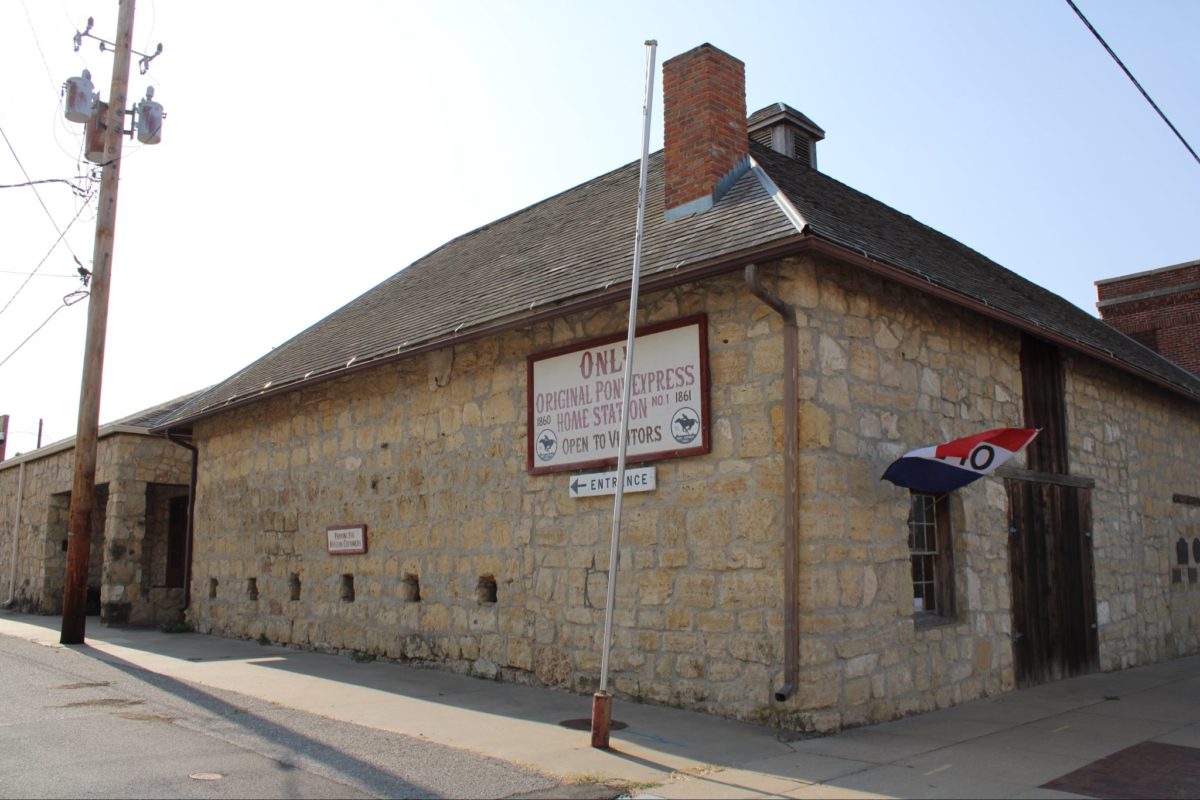
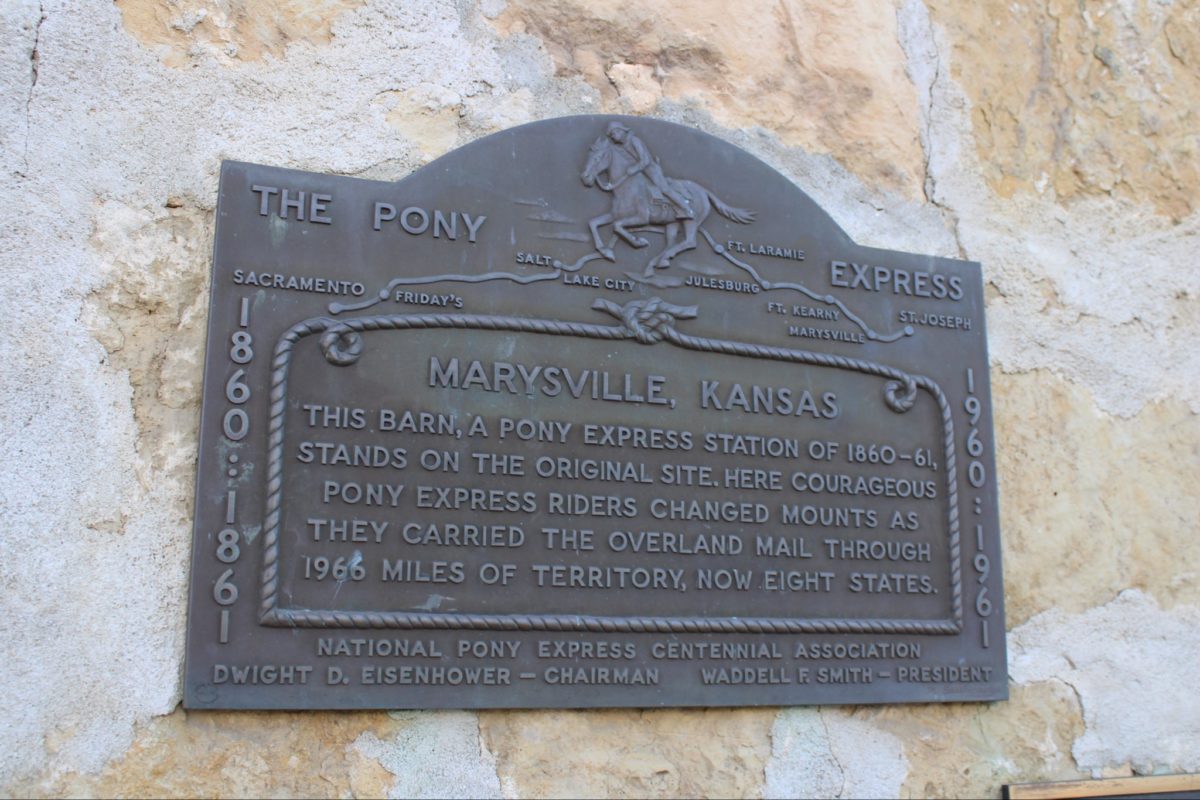
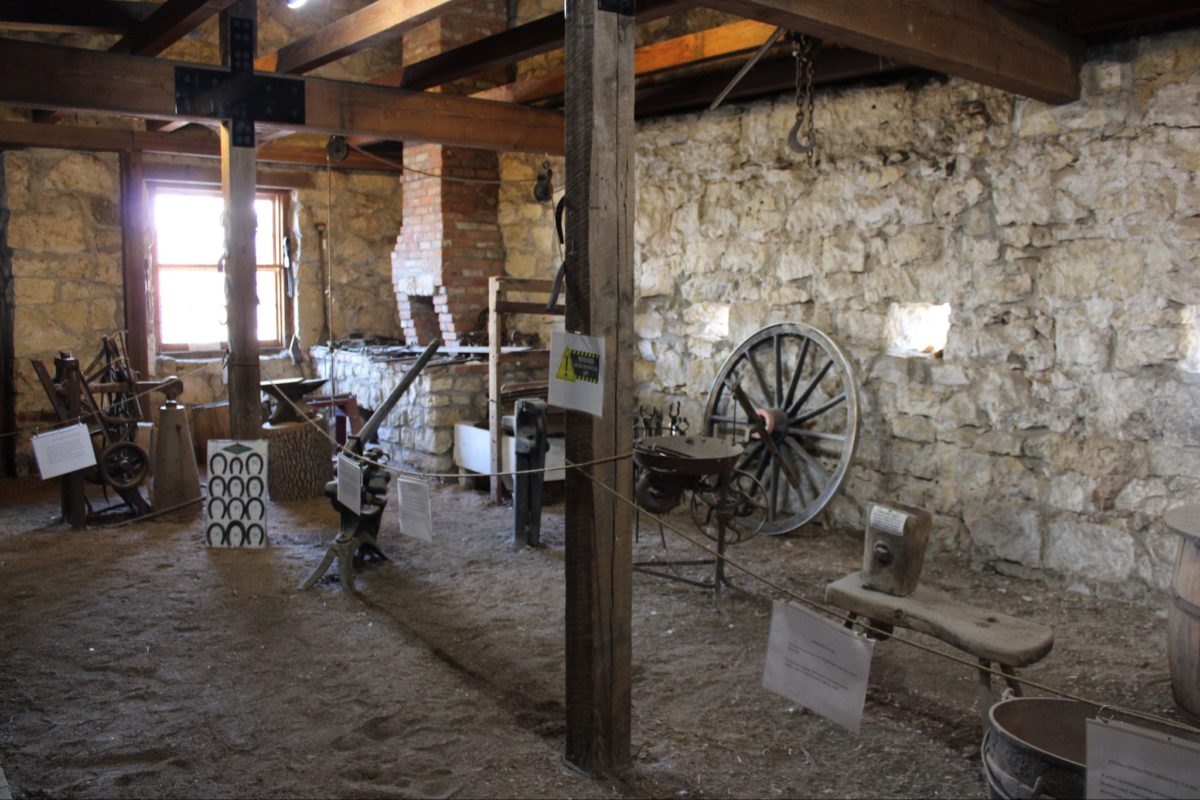
Learning to peel corn by hand crank in Marysville, Kansas.
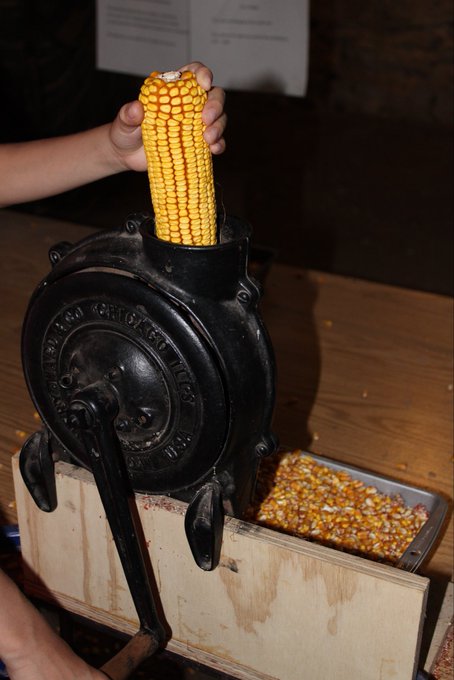
Alcove Spring, south of Marysville, Kansas, where the Oregon Trails from Independence and St. Joseph met.
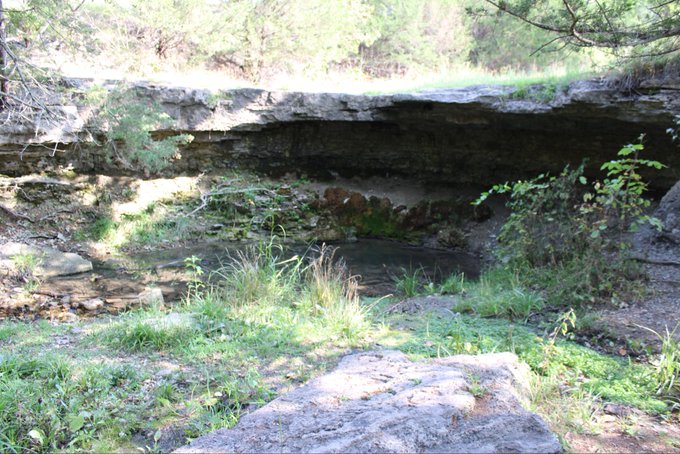
Pioneer and later inscriptions left at Alcove Spring, Kansas, and important meeting and rest point along the Oregon Trail.
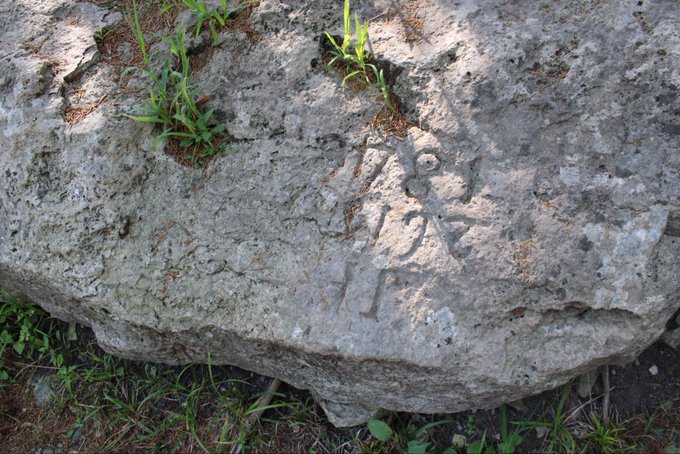
I can’t claim these were original Oregon Trail ruts at Alcove Spring, but they certainly were evocative.
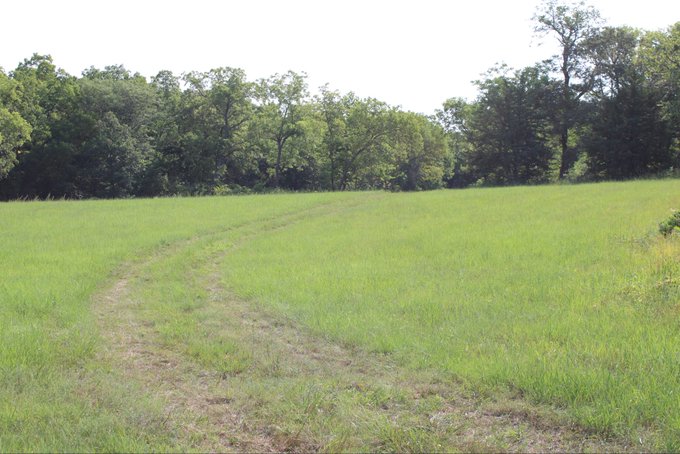
These are original Oregon Trail ruts leading down to the crossing of the Big Blue River next to Alcove Spring, in northern Kansas.
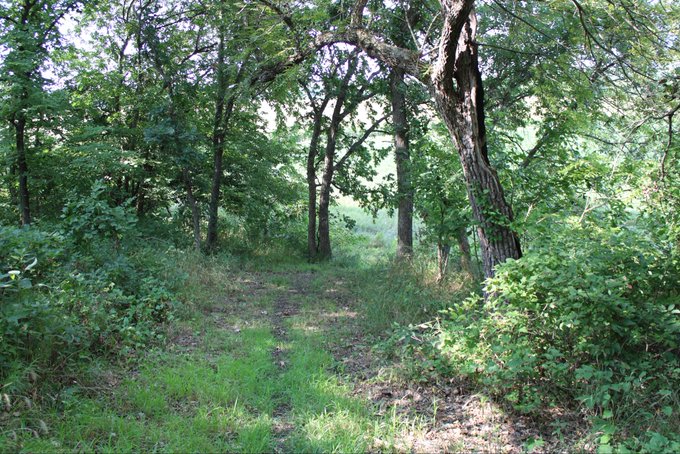
Crossing the Big Blue River along the Oregon Trail, just outside Marysville, Kansas.
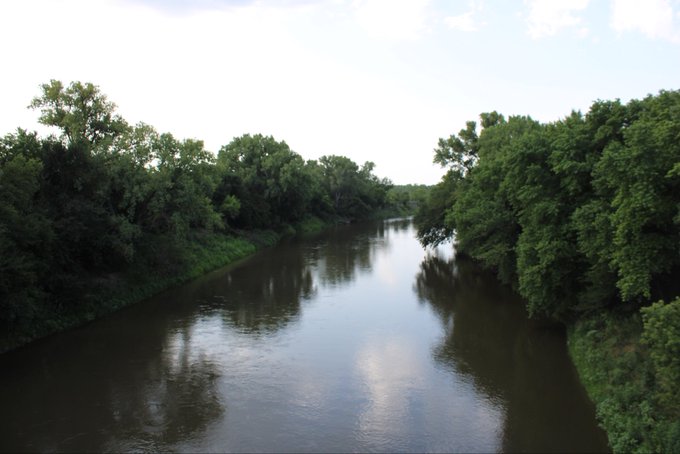
Yes, we are on the right path, as the trail turns north now towards Nebraska.
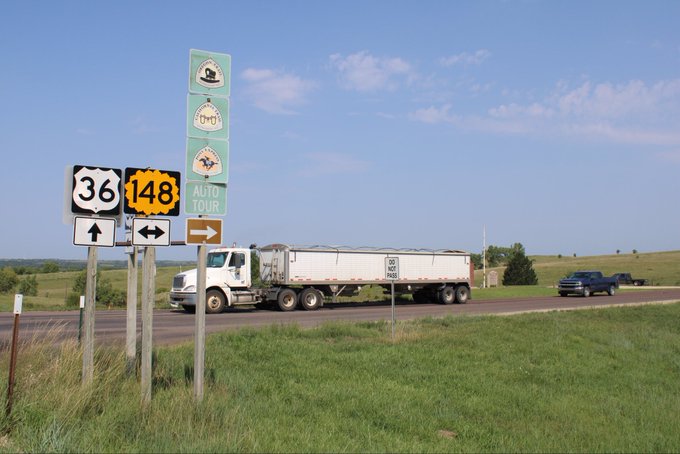
The Hollenberg Pony Express station, outside Hanover, Kansas.
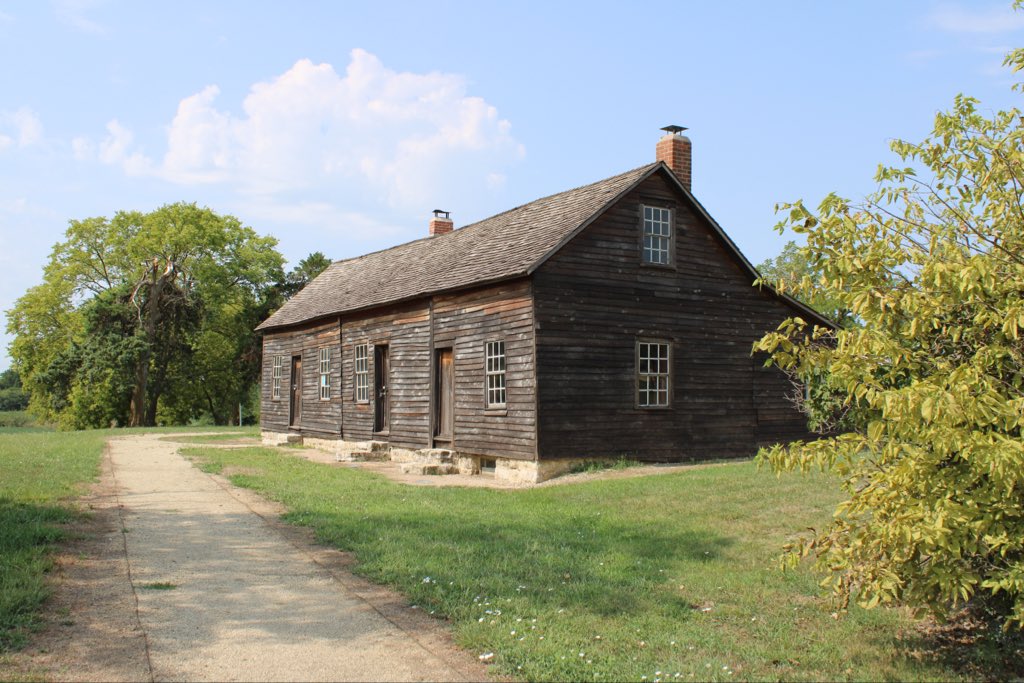
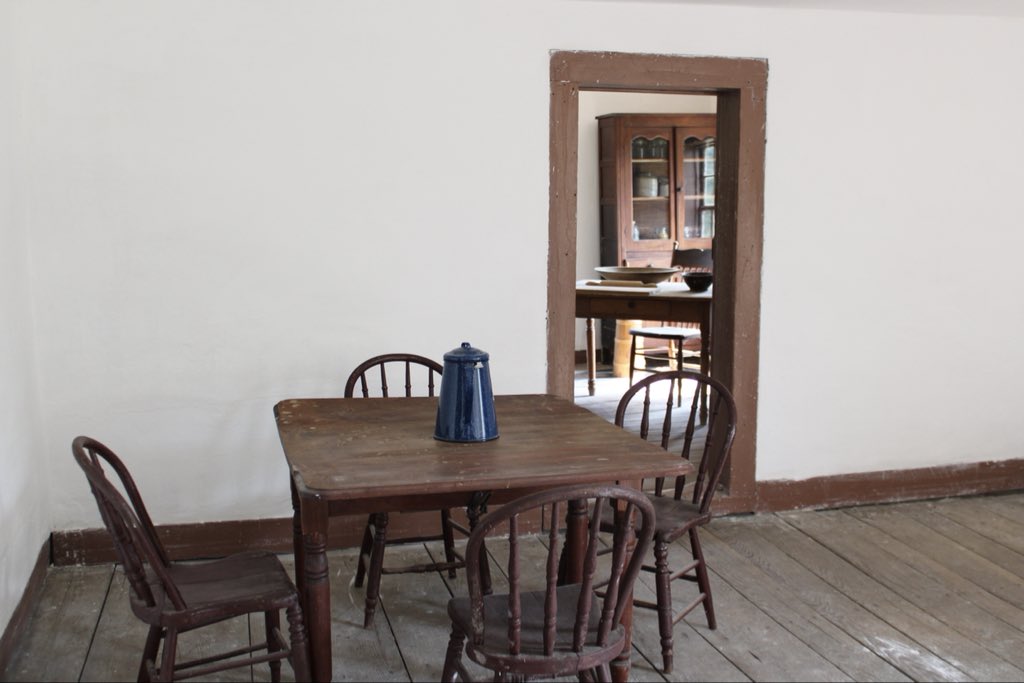
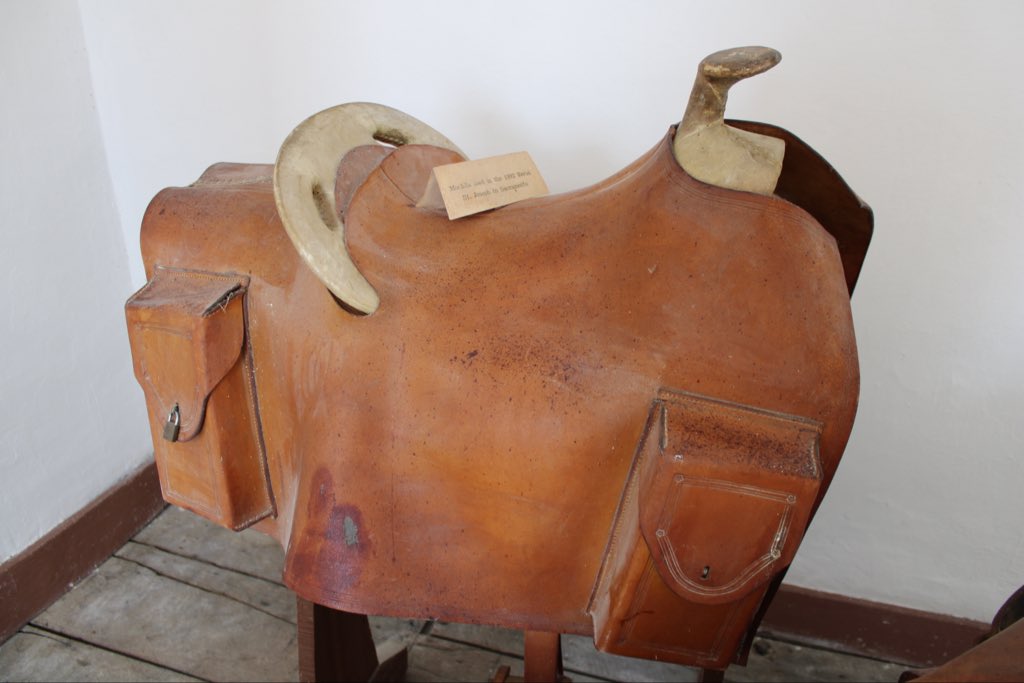
Crossing into Nebraska, following the eastern bank of the Little Blue River.
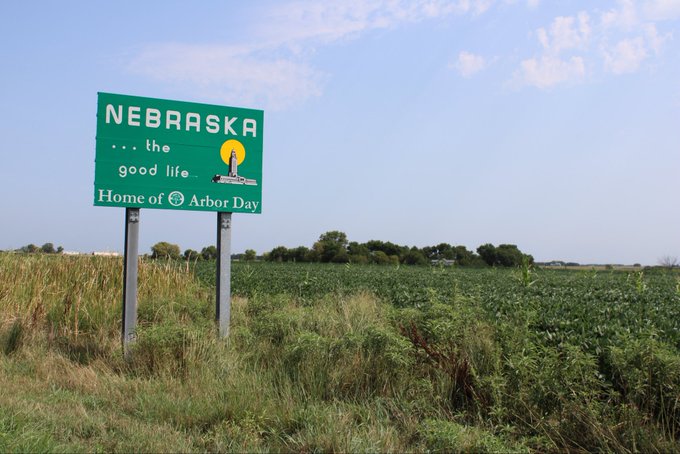
A quick detour off the Oregon Trail to visit the Homestead National Historical Park outside Beatrice, Nebraska, devoted to the later settling of the Great Plains.
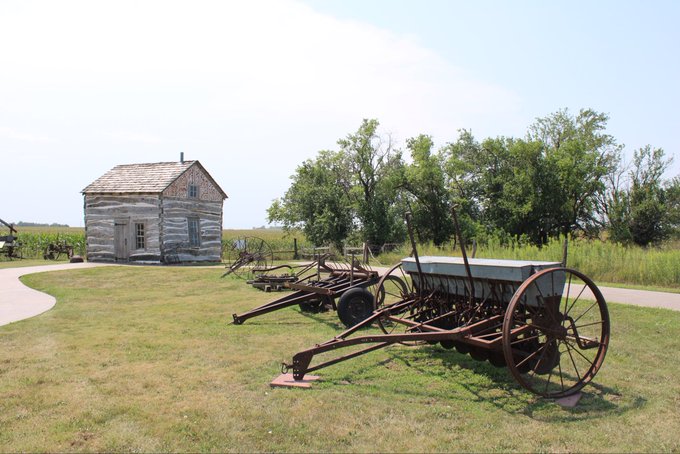
Preserved prairie at the Homestead National Historical Park near Beatrice, Nebraska.
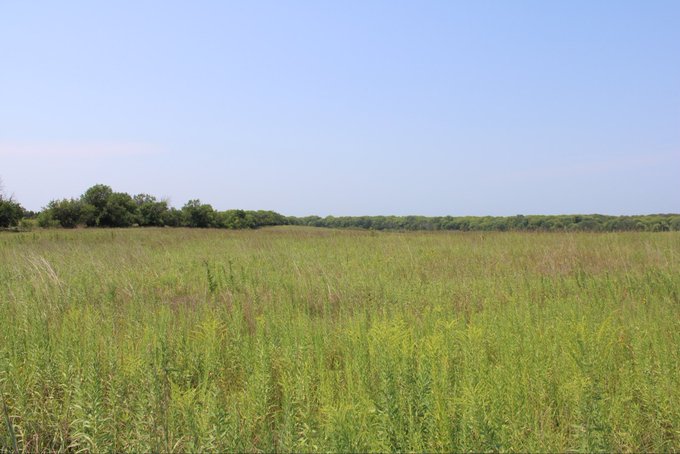
A lot of people imagine the settling of the American West as a steady movement westward. In fact, it was a long leap across to the Pacific Coast, followed by a gradual filling in of everything in-between.
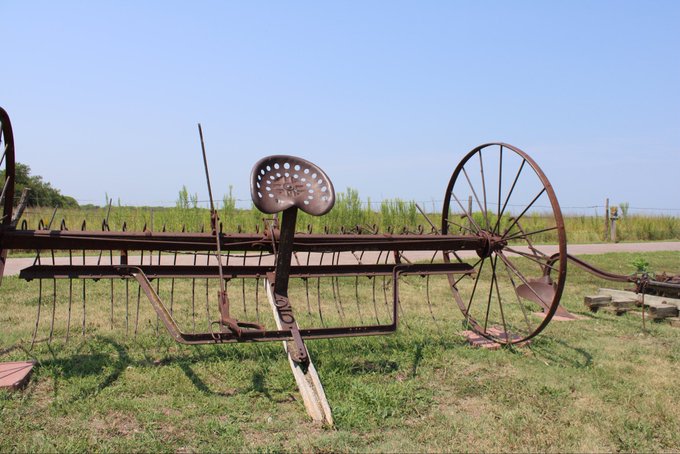
Traveling the byways of southeast Nebraska, heading back to link up with the Oregon Trail again.
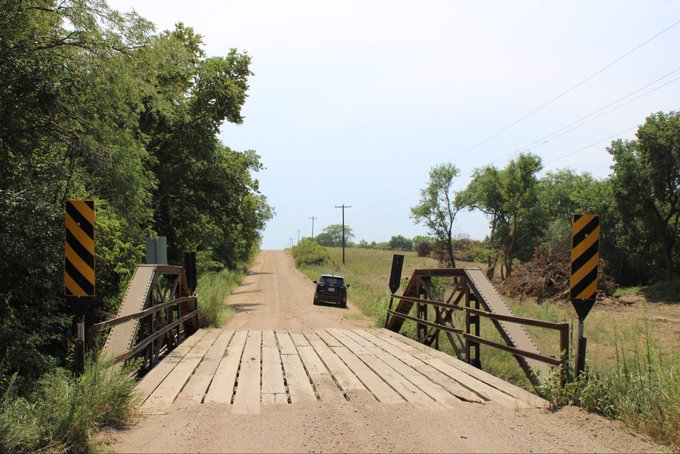
Just west of Beatrice, Nebraska.
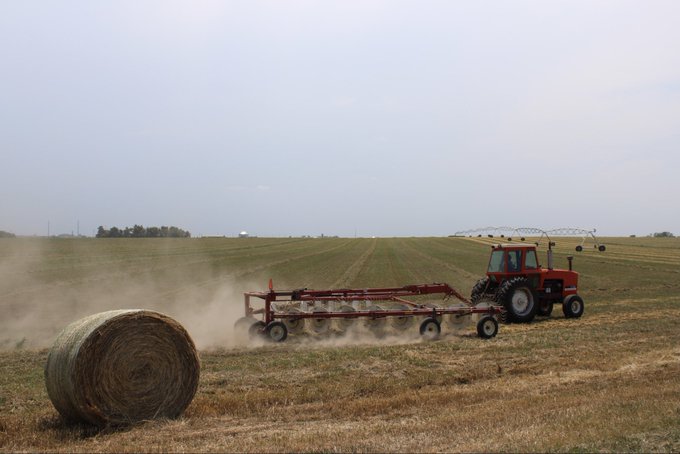
Rejoining the Oregon Trail at Rock Creek Station, Nebraska.
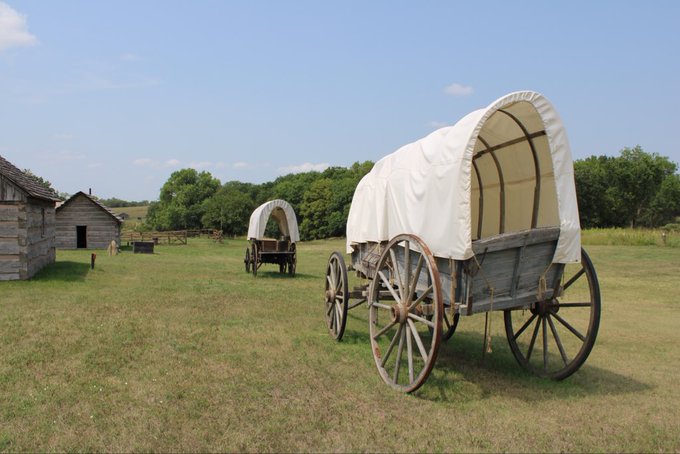
Rock Creek was another station along the Pony Express. It was here that Wild Bill Hickok, an Express employee, made his name in his first gunfight. He claimed he took on a whole armed gang; evidence suggests he shot two unarmed men come to collect the rent.
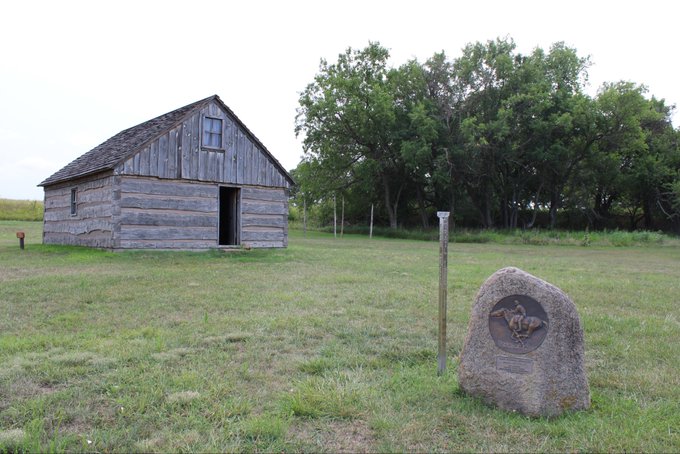
Original wagon ruts of the Oregon Trail, running down to the toll bridge over Rock Creek, in southeast Nebraska.
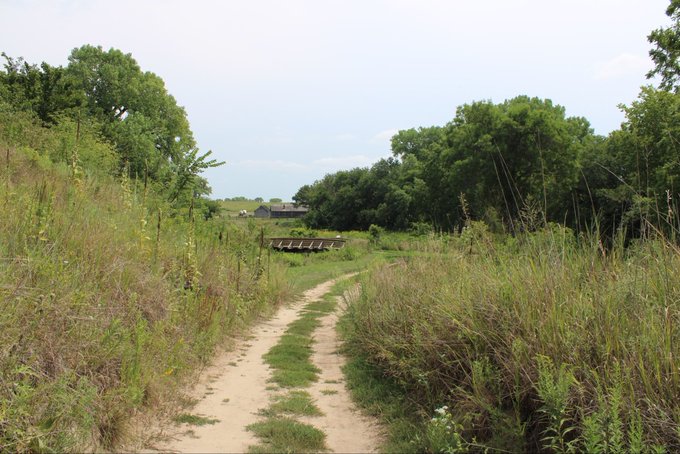
From here, the Oregon Trail ran many miles west along the northern bank of the Little Blue River. It is hard to follow precisely, because the land has since been broken into farms and an entirely new road network.
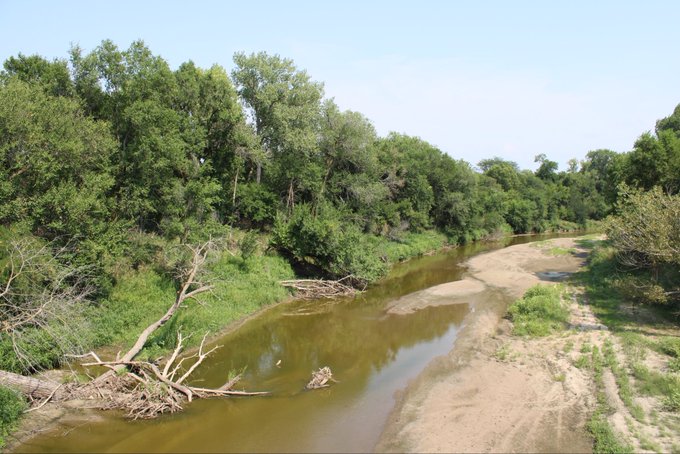
We did our best, though, to keep to the original trail along the Little Blue.
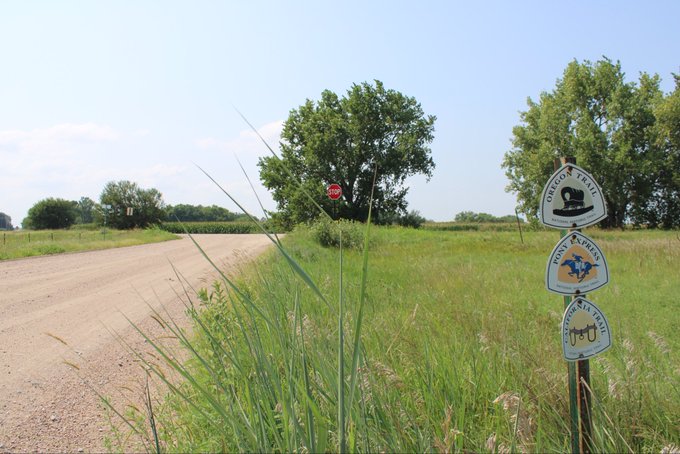
Looks like we’re on the right path.
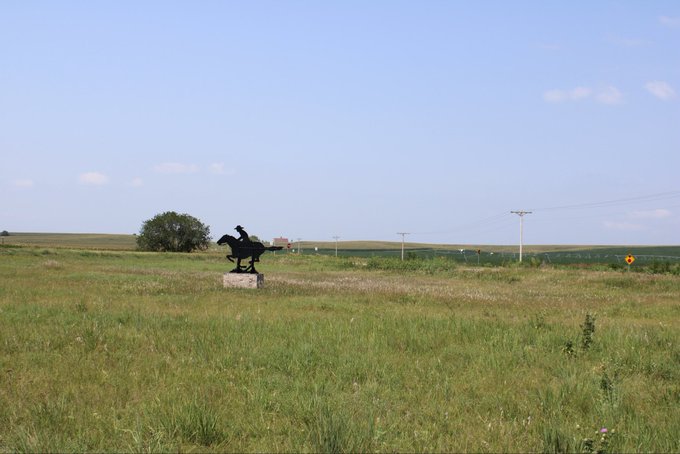
This stretch of the Oregon Trail, along the Little Blue River, was the center of an Indian uprising in 1864, when the US Army was distracted fighting the Civil War. Several settlements and wagon trains were attacked at that time.
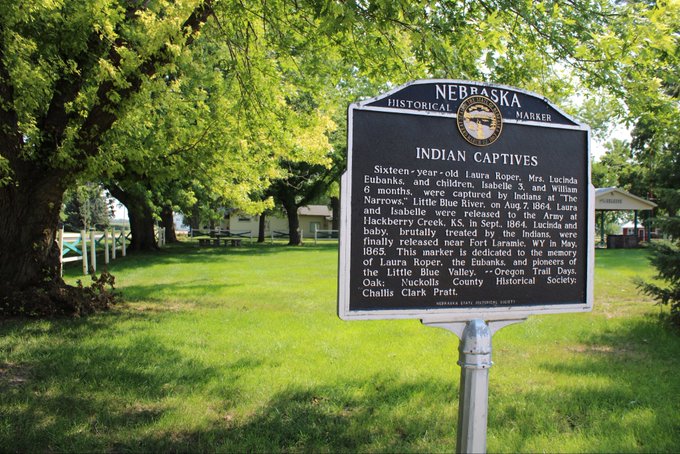
The Indians were upset at the long trains of migrants coming through each year chopping down scarce firewood, hunting game, and grazing their oxen (which competed for grass with the bison herds).
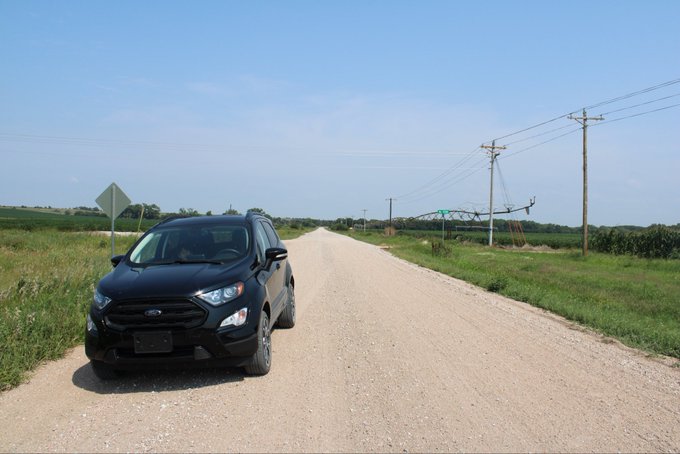
I don’t think Oak, Nebraska gets a lot of visitors.
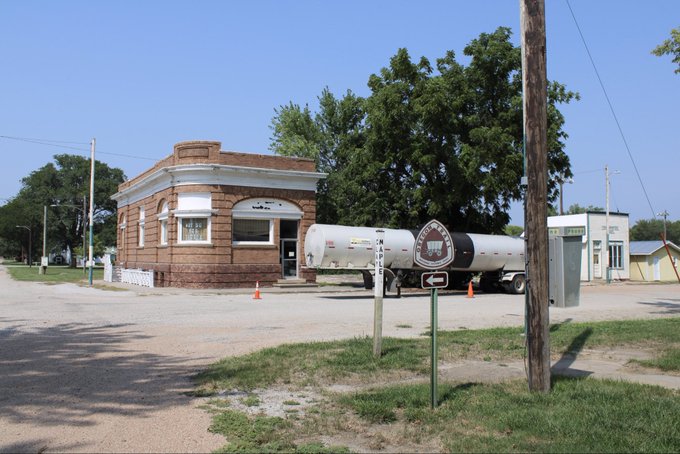
But the girls upstairs look friendly.
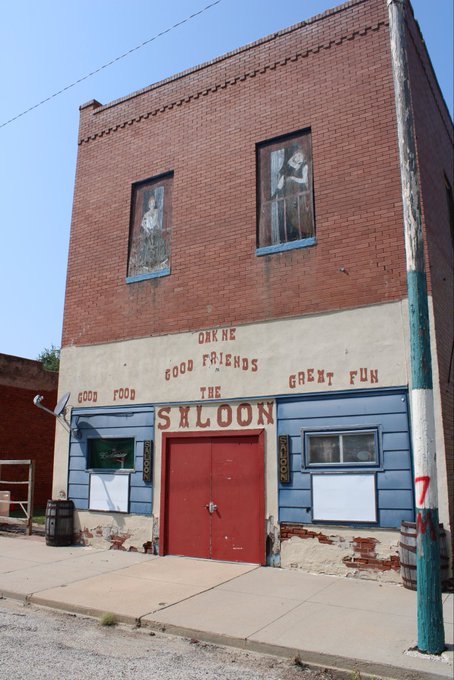
Saying goodbye to the Little Blue River.
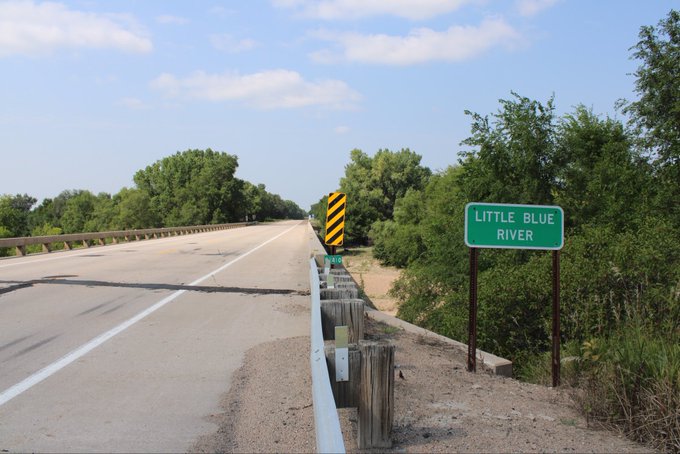
Irrigated corn fields north of the Little Blue River, Nebraska.
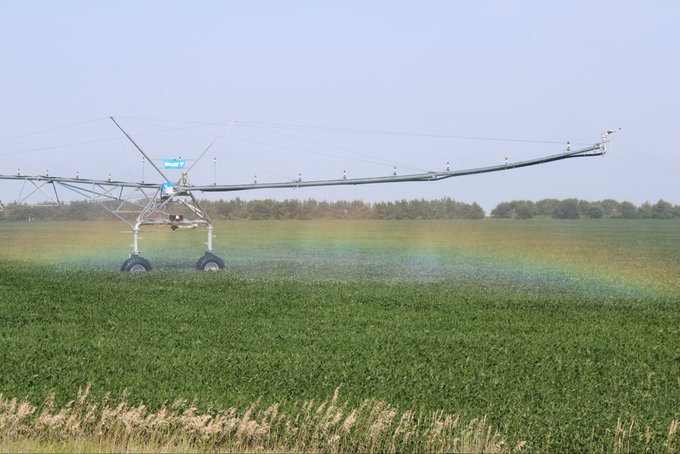
Just east of Hastings, Nebraska are the extensive remains of one of the US Navy’s main ammunition production sites during World War II. The many rows of nearly identical buildings are now occupied by local businesses.
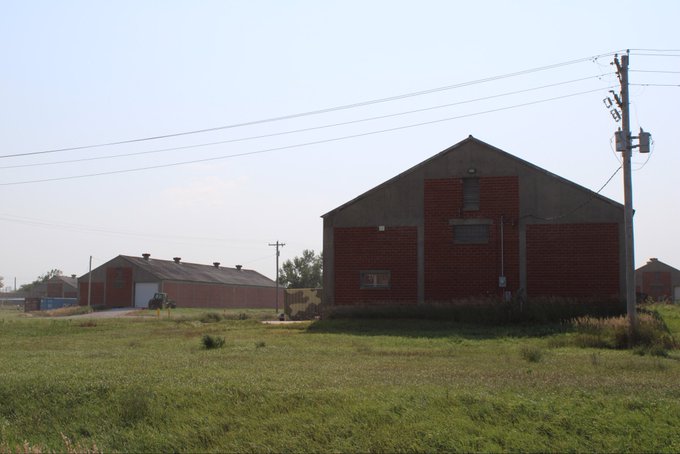
Hastings, Nebraska is the birthplace of Kool-Aid, which got its start in this building.
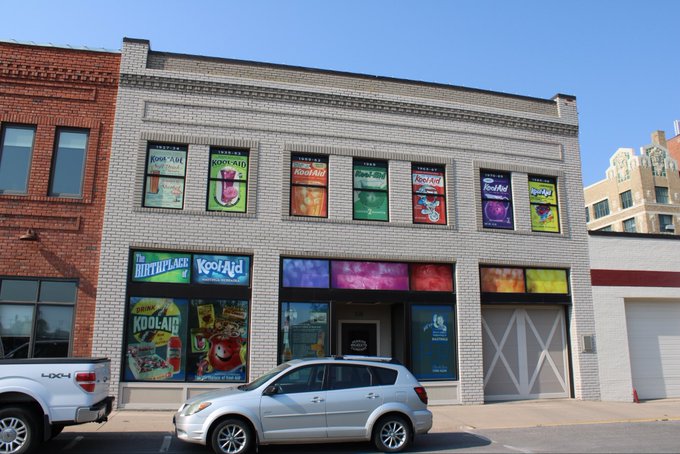
In a field north of Hastings, within sight of the Platte River, is the grave of Oregon Trail migrant Susan Haile.
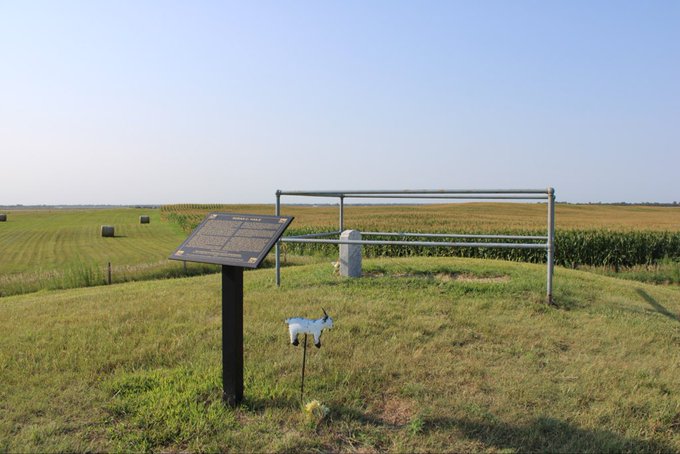
Susan died, age 34, of cholera while camped here on the Trail in 1852. Her husband and children eventually made it to California.
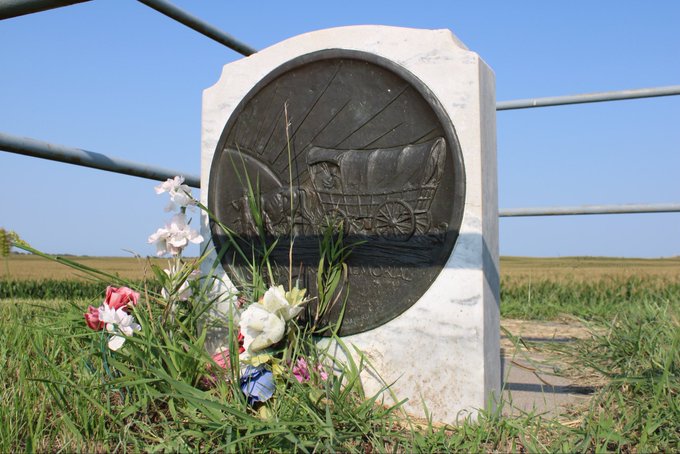
Endless fields of corn seen from the grave of Susan Haile along the Oregon Trail, in central Nebraska.
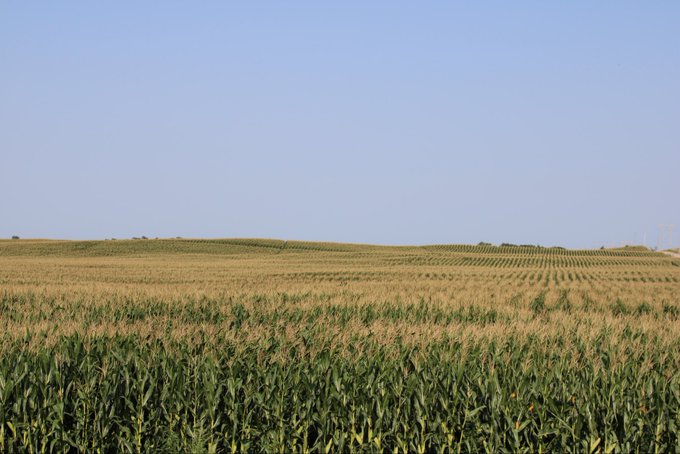
Not much farther is Fort Kearney, a point to rest and restock (if you can afford it) along the Trail.
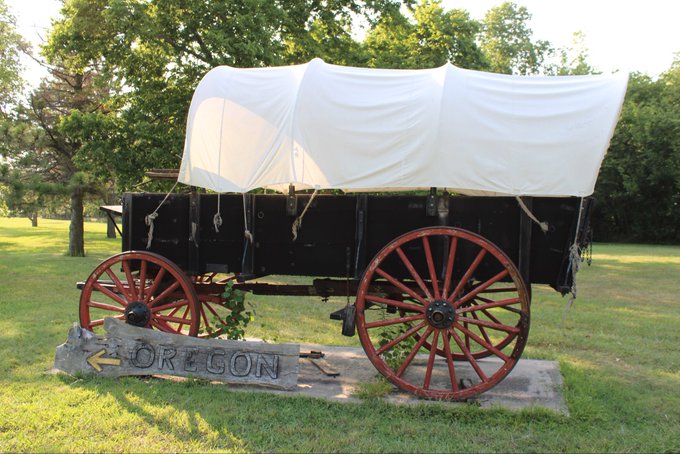
Initially without fortification, a stockade with built around Fort Kearney in 1865 due to rising Indian attacks. We stopped to visit this reconstruction.
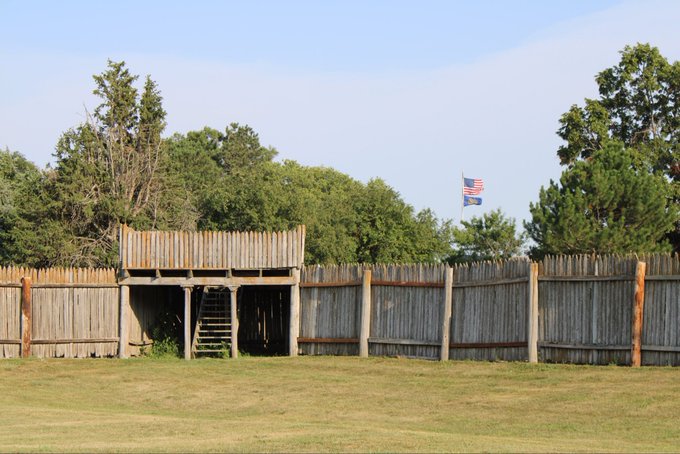
From Kearney, for many miles ahead, we will be following the grand highway of the sandy Platte River west across Nebraska into Wyoming.
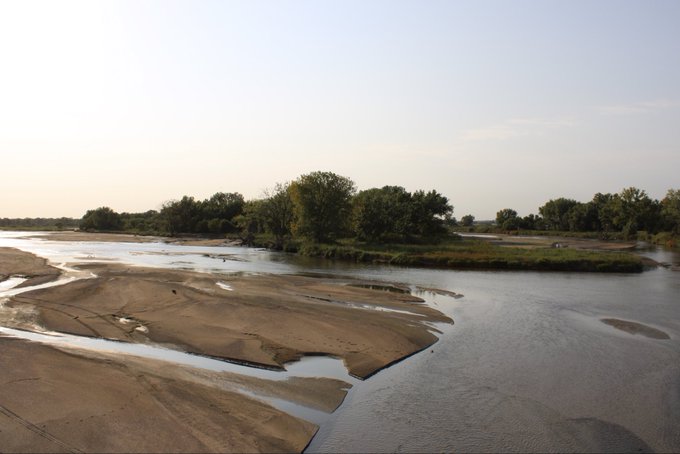
The journey continues here, in Part 4: Following the Platte River.
[…] The journey continues here, in Part 3: Across the Plains to Fort Kearney. […]